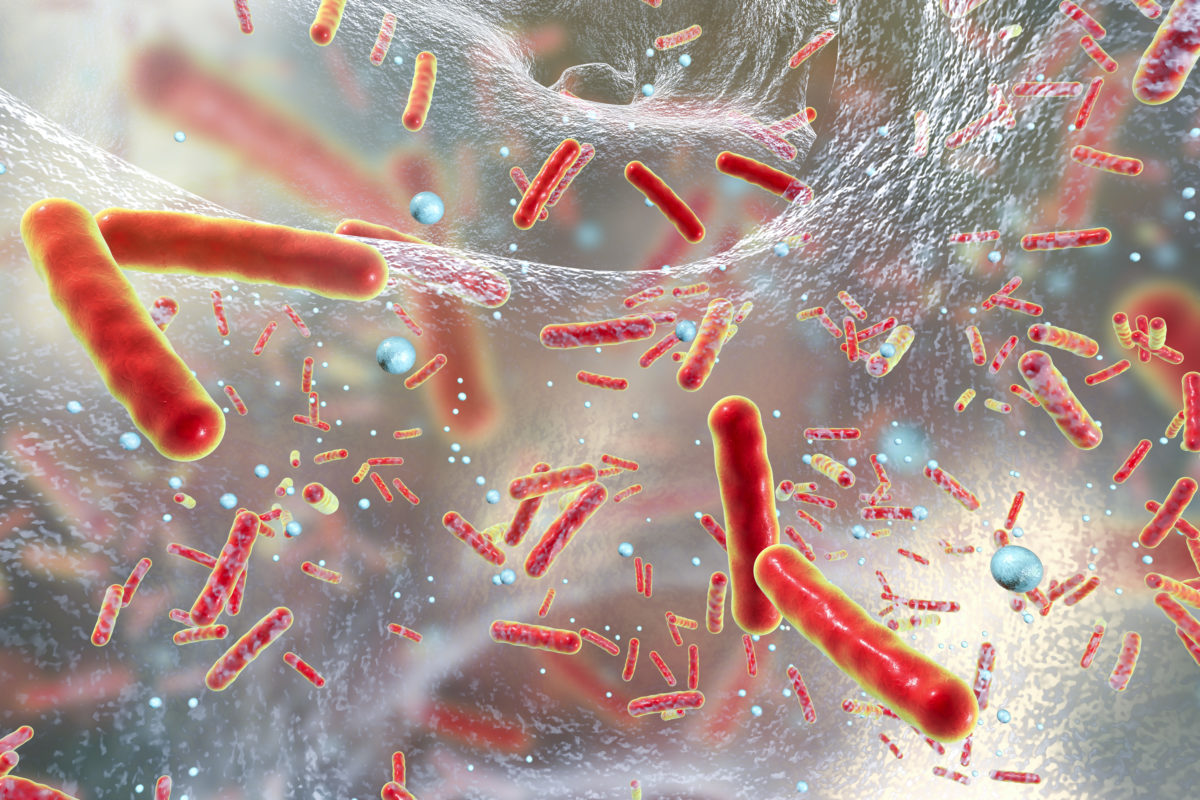


Genetic Analysis of Coordinate Flagellar and Type III Regulatory Circuits in Pathogenic Bacteria

Darwin in the Classroom
After months of debate, the Ohio State Board of Education unanimously adopted science standards on Dec. 10 that require Ohio students to know “how scientists continue to investigate and critically analyze aspects of evolutionary theory.” Ohio thus becomes the first state to mandate that students learn not only scientific evidence that supports Darwin’s theory but also scientific evidence critical of Read More ›